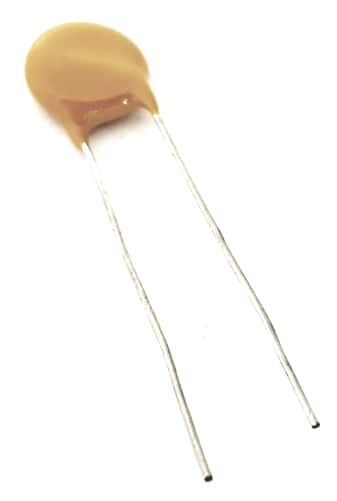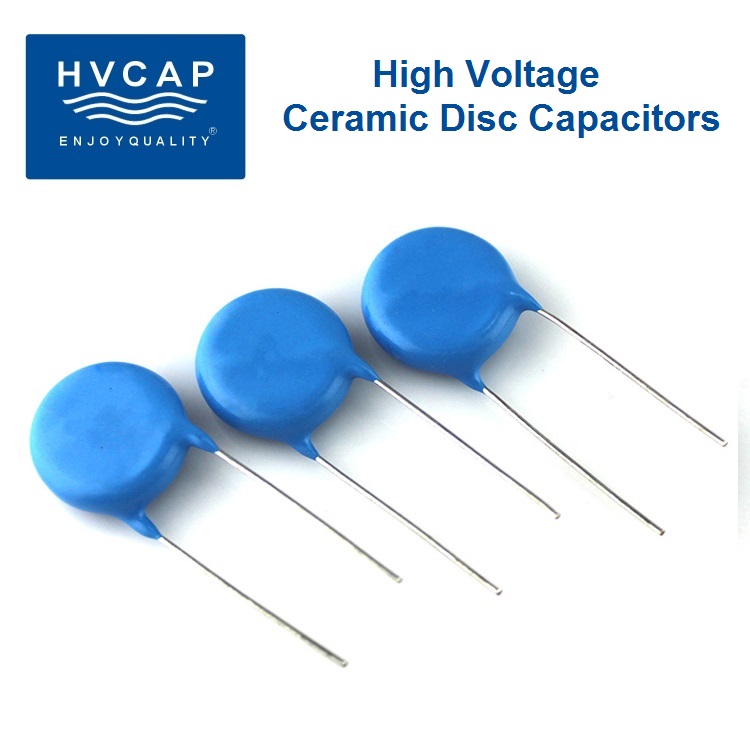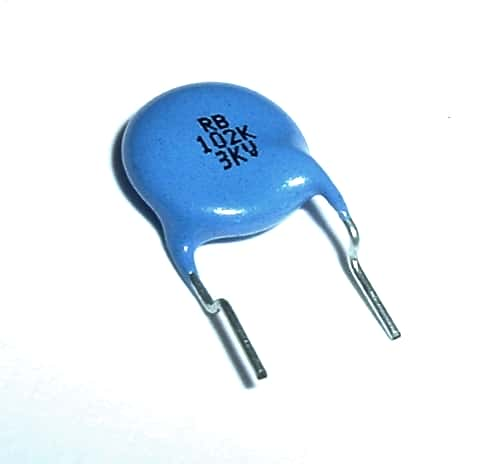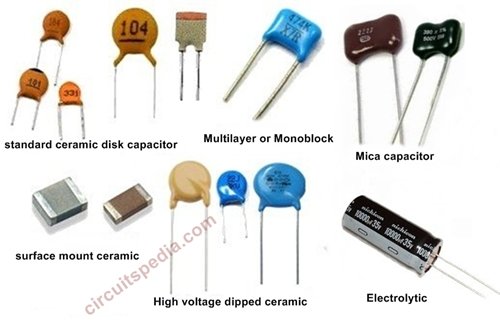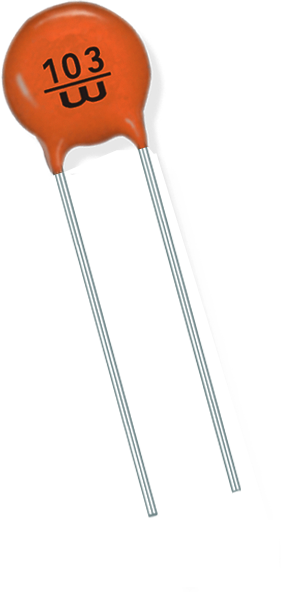The early style of the ceramic disc capacitor could be more cheaply produced than the common ceramic tube capacitors in the 1950s and 1970s.
Ceramic disc capacitor temperature coefficient.
Z5u 10 c 85 c 22 56 20.
Class 2 capacitors exhibit better performance for volumetric efficiency but this is at the cost of lower accuracy and stability.
Y5p 30 c 85 c 10 10.
Ceramic capacitor temperature coefficient tc coding class i temperature compensation type ceramic tc tc tolerance ppm c ppm c symbol for tc 25c to 85c see 4 10 25c to 55c calculated np0 c0 30ppm 30 72 n33 s1 30ppm 30 79 n75 u1 30ppm 30 89 n150 p2.
Ceramic disc capacitor values.
Y5v 30 c 85 c 22 82 20.
Modern c0g np0 formulations contain neodymium samarium and other rare earth oxides.
C0g np0 ceramics offer one of the most stable capacitor dielectrics available.
C0g np0 is the most popular formulation of the temperature compensating eia class i ceramic materials.
The disc ceramic capacitor is the type most commonly used as a leaded capacitor.
A thermistor is a type of resistor whose resistance is dependent on temperature more so than in standard resistors the word is a combination of thermal and resistor thermistors are widely used as inrush current limiters temperature sensors negative temperature coefficient or ntc type typically self resetting overcurrent protectors and self regulating heating elements positive.
An american company in the midst of the apollo program launched in 1961.
As the name indicates.
A vendor can call a capacitor x7r x5r or any other of dielectric code as long as it meets the temperature coefficient specifications regardless of how bad the voltage coefficient is.
Eia code table for ceramic capacitor dielectrics.
The theoretical range is from 45 c to 200 c.
The letter x as in x7r x5r corresponds to 55 c.
The first character indicates the lowest temperature that the capacitor can handle.
In addition to this they exhibit a non linear temperature coefficient and a capacitance that is dependent to a small degree on the applied voltage.
The second character indicates the maximum temperature.
Class 2 ceramic capacitors.
Class ii or written class 2 ceramic capacitors offer high volumetric efficiency with change of capacitance lower than 15 to 15 and a temperature range greater than 55 c to 125 c for smoothing by pass coupling and decoupling applications.
5 as in x5r corresponds to 85 c and 7 as in x7r corresponds to 125 c.
Ceramic names temperature coefficient.
Z5v 10 c 85 c 22.
As a result.
Y5u 30 c 85 c 22 56 20.
